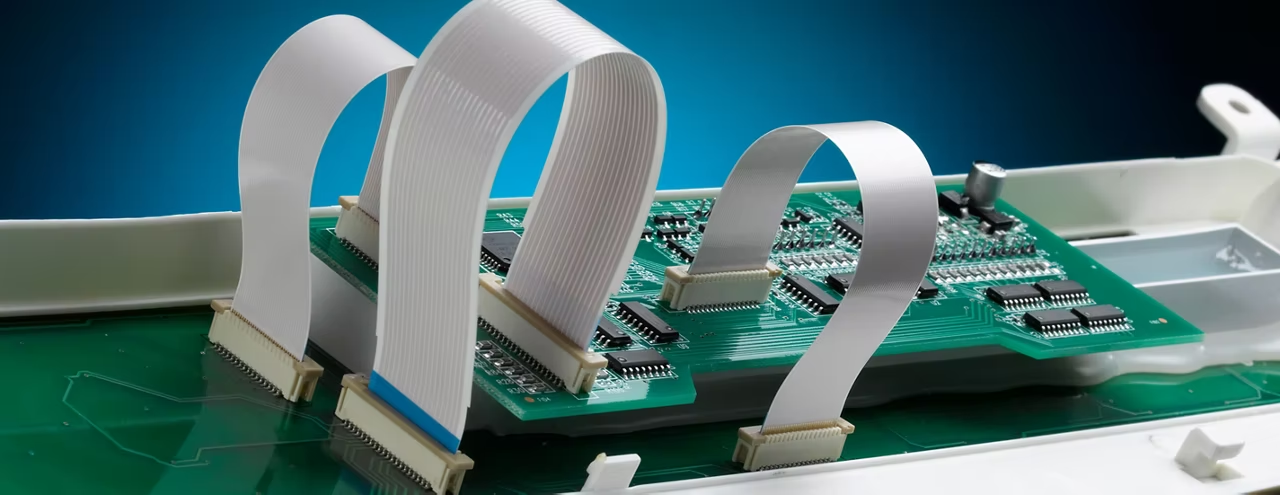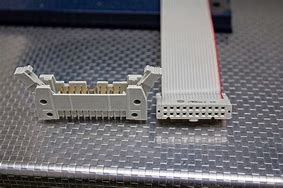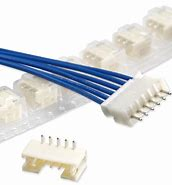Introduction to PCB connectors:
Printed circuit board (PCB) connectors are one of the most essential components of electronic products that connect complex networks of connections. When a connector is mounted to a printed circuit board, the PCB connector housing provides the receptacle for the connector. PCB connectors are used to connect different printed circuit boards to each other or to allow cables to be connected to the PCB.
From consumer electronics such as smartphones and laptops to critical systems in aerospace and medical devices, the diversity of PCB applications is applicable across industries, allowing devices to communicate with each other in a reliable and efficient manner.
This article will take an in-depth look at how small but powerful PCB components can truly be the bridge that holds our electronic ecosystem together around PCB connectors.
Technical specifications and performance requirements:
The task of a connector may seem simple (to connect one component to another), but beneath the surface lies a complex interplay of electrical, mechanical and environmental factors.
Rated current and rated voltage are important specifications in electrical performance, determining the maximum power that a connector can handle without overheating or damage – after all, the last thing you want to happen is for it to fail when it is needed for proper operation.
Connectors are able to withstand insertion and removal, vibration, or go to other operations, while continuous component connection, disconnection of the environment to ensure that the durability of the connection, so as to achieve mechanical reliability.
From extreme temperatures and humidity levels to dust and liquid protection, IP (Ingress Protection) and other environmental ratings on the ability to shield the connector from external conditions are tested to ensure that the ability to be able to operate in extreme environments can be normal and unaffected.
To ensure a reliable connection over time, it is important to strike a good balance between durability and efficiency. Gold plating on the contact surfaces prevents oxidation. The copper alloy used for the body and contacts balances strength and conductivity, contributing to the optimal performance of the connector.
How to recognize (select) PCB connectors?
To recognize or select PCB connectors, first observe the connector’s shape, size, number of pins, and arrangement of features.
This will help determine the type of connector. Secondly, consider the connector pin type (e.g. pins, sockets, pads, etc.) and arrangement, as well as the interface type (such as D-type, USB, HDMI, etc.). Finally, check for a logo and number on the PCB connector to determine its type.
Clarify the connector’s application requirements. Consider the electronic equipment, systems, or applications that will use the connector, as well as the current, voltage, and signal type that the connector needs to carry.
Consider the board’s space constraints and layout requirements. Select the appropriate connector size, shape, and number of pins based on the board size, layout, and spacing between components. Ensure that the connector can be adapted to the design requirements of the board.
The reliability and durability of the connector are critical for long-term stable operation. Connectors with good material quality and manufacturing processes that can withstand temperature changes, vibration, shock, and chemicals should be selected.
Parameters such as plug life and contact resistance of the connector should be taken into consideration. Additionally, it is important to consider the environmental conditions to which the connector will be exposed. Select connectors with appropriate waterproof, dustproof, and corrosion-resistant properties based on environmental conditions, such as temperature, humidity, and exposure to corrosive substances and dust.
Consider the installation and maintenance requirements of the connector, and choose connectors that are easy to install, plug, and maintain to reduce the time and cost of the manufacturing and maintenance process.
Consider the installation and maintenance requirements of the connector, and choose connectors that are easy to install, plug, and maintain to reduce the time and cost of the manufacturing and maintenance process. Ensure cost-effectiveness by selecting connectors that meet the requirements without exceeding the budget.
How to connect PCB boards?
Soldering is a common method for connecting PCB boards. It involves using solder and soldering tools to connect electronic component pins to the pads on the PCB board. This provides a reliable electrical connection and mechanical strength for most electronic devices.
Plug-in connectors, on the other hand, are inserted into connector slots on a PCB board using connector pins or sockets. This method enables quick plugging and unplugging of the board from other modules or devices, making it suitable for applications that require frequent replacement or repair.
Spring contact connectors, which use spring contacts to connect to pads or slots on the PCB, are typically used in applications that require high-speed data transfer or frequent plugging and unplugging, such as high-speed communication equipment or test equipment.
PCB terminal blocks: PCB terminal blocks are connectors used to attach wires or leads to a PCB circuit board. They are secured by screwing or crimping to ensure a dependable electrical connection.
The Future of PCB Connectors: Innovation and Development:
The development of PCB connectors will focus on innovation and improving small size, high density, high-speed transmission, reliability, automation, environmental protection, and wireless connectivity. These innovations will enhance the performance and functionality of electronic equipment to meet the increasing market demand.
The goal is to achieve a smaller size and higher density. Electronic devices are becoming smaller and lighter, and as a result, PCB connectors are also becoming smaller and more densely packed. Miniature, high-density, and flexible circuit board connectors are now commonly used in small products like cell phones, tablet PCs, and wearable devices.
These connectors are ideal for high-speed transmission and high-frequency applications. Due to the growing need for communication and data transmission, PCB connectors must support higher data transmission rates and frequencies. High-speed differential signal connectors, such as USB Type-C and Thunderbolt, as well as RF connectors like antenna connectors, are commonly utilized.
PCB connectors require higher reliability and durability to withstand complex working environments and frequent connections and disconnections. This can be achieved by using more wear-resistant materials, strengthening the design of the contact points, and utilizing more reliable connection technology.
Additionally, automation and intelligence can be implemented. The manufacturing industry is witnessing a rise in automation and intelligence, and PCB connectors are following suit. They now come equipped with automatic insertion and removal mechanisms, detection and maintenance functions, data transmission, and communication capabilities.
There is a growing emphasis on environmental protection and sustainability. The manufacture and use of PCB connectors are increasingly focused on environmental friendliness due to the trend of environmental protection and sustainability. This includes the use of recyclable materials, low-energy production processes, and removable connector design.
Post time: Mar-21-2024



